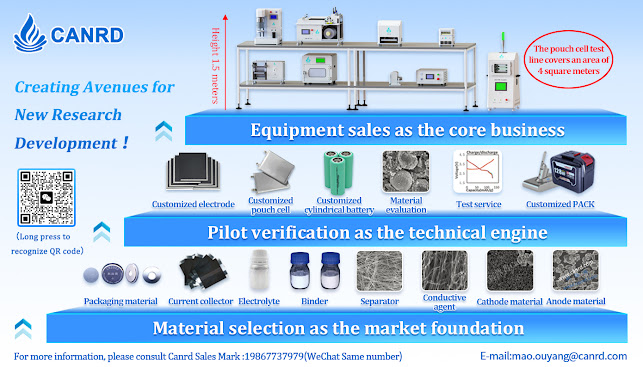The coating and drying of lithium battery pole pieces accounts for 8% to 10% of the entire manufacturing cost of lithium batteries, which is mainly due to the low thermal efficiency of the pole piece drying process. In addition, the residual solvent in the pole piece drying process has a great impact on the stability, capacity and cycle life of the subsequent processing of the pole piece. The pole piece drying process not only affects the manufacturing cost of the battery, but also indirectly determines the manufacturing process level and safety.This paper studies the drying characteristics of the coating layer of the positive electrode of LiFePO4 battery under static drying and hot air tunnel drying conditions, and analyzes its drying rules to provide a reference for optimizing the hot air drying process and the development of corresponding drying equipment.







